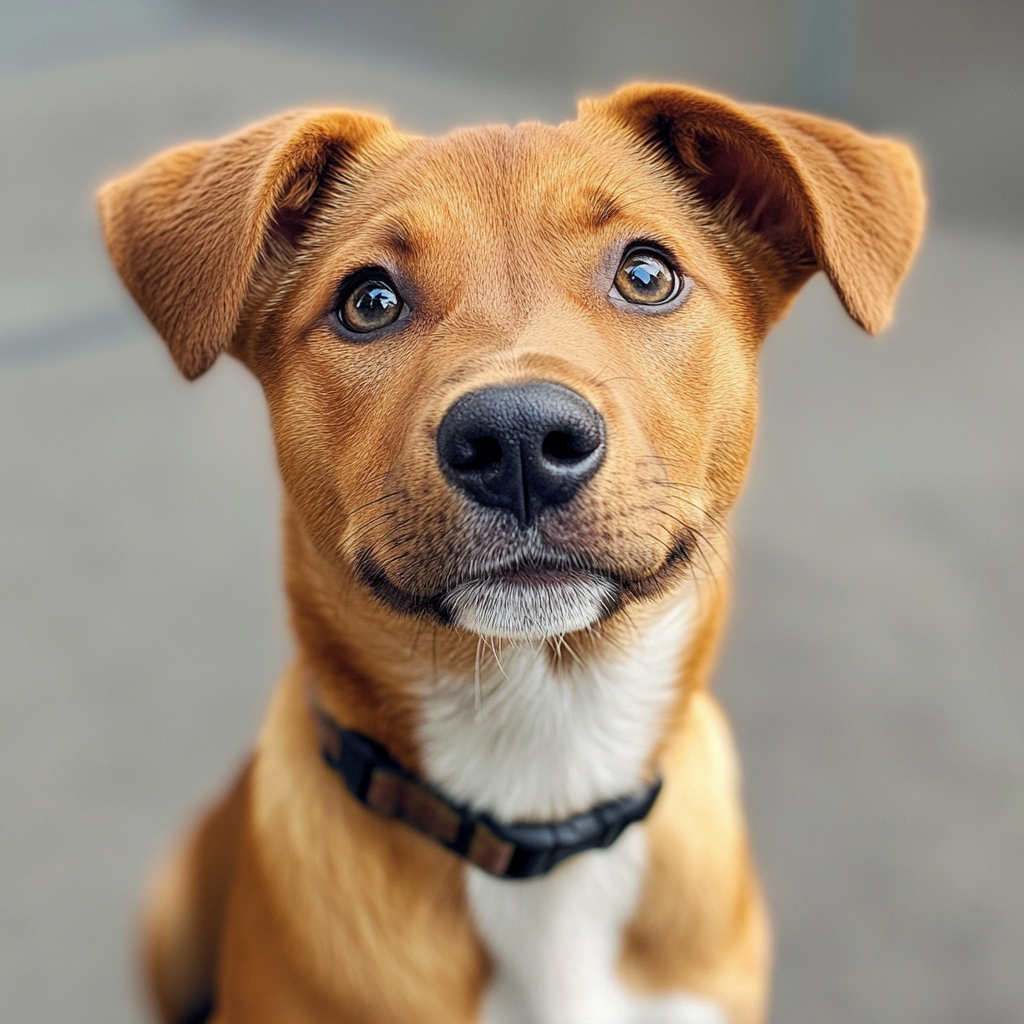When you rescue a dog, you’re likely saving a life and gaining an incredible companion. However, rescue dogs often come with past traumas or lack of socialization that can affect their behavior. Proper socialization is vital for their emotional and behavioral health. In this guide, we’ll cover why socialization matters, how to assess your dog’s needs, step-by-step techniques for socialization, common challenges, and when to seek professional help. By the end, you’ll be well-equipped to help your rescue dog thrive.
How to Socialize a Rescue Dog for a Happier Life?
Why Socialization Matters for Rescue Dogs
Emotional and Behavioral Benefits
Socialization plays a significant role in a dog’s emotional well-being. Rescue dogs, in particular, might have had limited interactions with people or other animals. Proper socialization helps them feel secure and confident in various situations, reducing stress and anxiety. It also teaches them how to behave appropriately in different environments.
Impact on the Dog’s Overall Happiness
A well-socialized dog is generally happier and more balanced. They are less likely to develop problematic behaviors like aggression, excessive barking, or fearfulness. Socialization opens up a world of experiences for your dog, making outings and interactions enjoyable rather than stressful.
Assessing Your Dog’s Socialization Needs
Evaluating Your Rescue Dog’s Current Social Skills
Before you begin the socialization process, it’s essential to understand where your rescue dog currently stands. Observe how they react to new people, animals, and environments. Are they curious, fearful, or indifferent? This initial assessment will help you tailor your approach.
Signs That Your Dog Needs More Socialization
Some signs indicate that your rescue dog could benefit from more socialization. These include:
- Excessive shyness or hiding
- Aggression toward other dogs or people
- Fearful reactions to new environments or noises
- Difficulty adapting to new situations
Step-by-Step Guide to Socializing a Rescue Dog
Introducing Your Dog to New Environments
Start by gradually introducing your dog to new settings. Begin with quiet, less stimulating places and slowly progress to busier areas. Always keep initial visits short and positive. Allow your dog to explore at their own pace, rewarding them for calm behavior.
Gradual Exposure to People and Other Animals
When introducing your rescue dog to new people or animals, take it slow. Begin with one-on-one interactions before moving to larger groups. Use treats and praise to create positive associations. For other animals, controlled, on-leash introductions are best.
Positive Reinforcement Techniques
Positive reinforcement is key to successful socialization. Reward your dog with treats, praise, or play whenever they exhibit calm and desirable behavior. Avoid using punishment, as it can increase fear and anxiety, making socialization more challenging.
Common Socialization Challenges and How to Overcome Them
Addressing Fear and Anxiety
Fear and anxiety are common in rescue dogs. To address these issues, create a safe and predictable environment. Use calming aids like pheromone diffusers or anxiety wraps. Gradually expose your dog to their fears while rewarding calm behavior.
Managing Aggression
Aggression can stem from fear, insecurity, or past trauma. If your rescue dog shows signs of aggression, consult a professional trainer or behaviorist. Avoid situations that trigger aggressive behavior until you have a comprehensive management plan.
Tips for Shy or Scared Dogs
For dogs that are particularly shy or fearful, patience is crucial. Provide a safe space where they can retreat and feel secure. Use gentle, slow movements and a soft voice. Engage in activities that boost their confidence, like puzzle toys or scent games.
When to Seek Professional Help
Identifying When You Need a Trainer or Behaviorist
Sometimes, despite your best efforts, professional help may be necessary. If your dog’s behavior poses a danger to themselves or others, or if their fears and anxieties are overwhelming, seek the guidance of a qualified trainer or behaviorist.
What to Look for in a Professional
When choosing a professional, look for someone certified in positive reinforcement training methods. Check reviews and ask for recommendations from trusted sources. Ensure they have experience working with rescue dogs and can provide a tailored approach.
Long-Term Socialization Strategies
Keeping Your Dog Well-Socialized Throughout Their Life
Socialization doesn’t end once your dog appears well-adjusted. Continuously expose them to new experiences, environments, and people to maintain their social skills. Regular outings and playdates with other dogs can help keep their socialization levels high.
Continued Training and Exposure
Ongoing training and exposure to new stimuli are vital. Enroll in advanced training classes or engage in activities like agility or obedience training. These not only reinforce good behavior but also keep your dog mentally stimulated and happy.
Conclusion
Socializing a rescue dog is a rewarding yet challenging process. By understanding your dog’s needs, using positive reinforcement, and being patient, you can help them become a well-adjusted member of your family. Start today, and watch your rescue dog blossom into their happiest self.
Frequently Asked Questions
How do I socialize my rescue dog?
Begin with gradual exposure to new environments, people, and animals. Use positive reinforcement to reward calm and friendly behavior. Be patient and consistent in your efforts.
How do you socialize a reactive rescue dog?
For reactive dogs, start in a controlled environment and use desensitization techniques. Consult a professional trainer for personalized guidance.
How do you socialize a dog after being attacked?
Rebuild their confidence with positive experiences. Start with non-threatening interactions and gradually increase exposure. Professional help may be beneficial.
How to socialize a rescue dog with humans?
Introduce them to humans slowly, starting with individuals who have calm and gentle demeanor. Use treats and praise to create positive associations.

